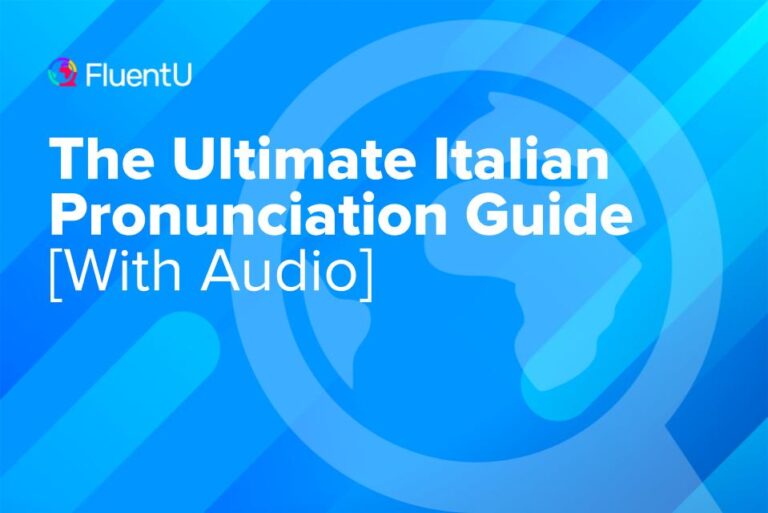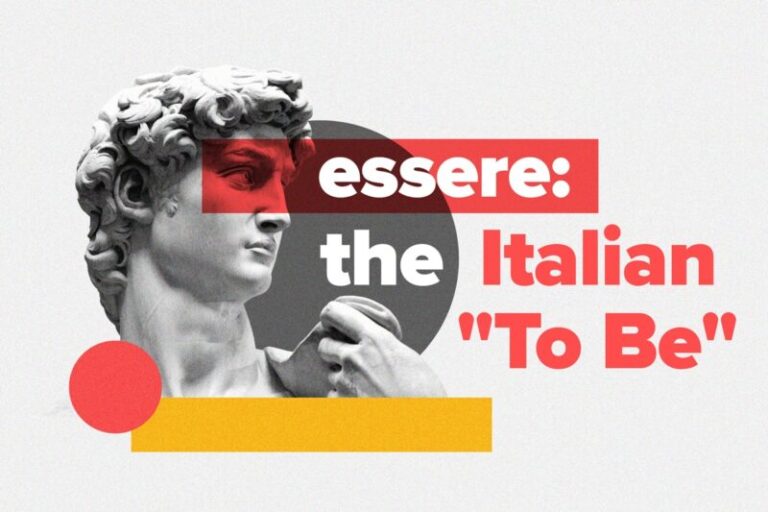Contents
- 1. Say Thanks with Grazie
- 2. Express Gratitude with Grazie Mille
- 3. Casually Thank Someone with Molte Grazie
- 4. Sarcastically Thank Someone with Tante Grazie
- 5. Say “No, Thank You” with No, Grazie
- 6. Say “Thank You For” with Grazie per/di…
- 7. Thank Someone Extra Politely with Ti Ringrazio
- 8. Thank Someone Formally with La Ringrazio
- 9. Say Thanks to a Group with Vi Ringrazio
- 10. Show Appreciation with Lo Apprezzo Tanto
- 11. Say “I Owe You One” with Ti Devo un Favore
- 12. Return the Favor with A Buon Rendere
- 13. Show Your Gratitude Formally with Le Sono Molto Grata/Grato
- 14. Show Your Gratitude Informally with Ti Sono Molto Grata/Grato
- 15. Say “You Really Did a Lot for Me” with Hai Fatto Davvero Tanto
- 16. Say “That’s Very Kind of You” with È Molto Gentile da Parte Tua
- How To Respond to “Thank You” in Italian
- And One More Thing...
16 Ways to Say “Thank You” in Italian

Expressing thanks in Italian is as easy as saying grazie!
Of course, you can say “thanks so much,” “no, thank you” and even “thanks for nothing” in Italian as well.
In this post, I’ll teach you exactly how to say “thank you” in Italian according to different situations and contexts.
So, if you’re planning a trip to Italy or just want to expand your Italian a little, you’ll definitely be grateful for this list.
Download: This blog post is available as a convenient and portable PDF that you can take anywhere. Click here to get a copy. (Download)
1. Say Thanks with Grazie
The simplest form—grazie (thank you)—can be used in everyday interactions.
When the barista gives you the espresso you ordered, you’ll say grazie.
After you’ve finished your espresso, you might say this as you leave the café:
Grazie, buona giornata.
(Thank you, have a good day.)
An important note about the pronunciation of grazie: the e is essential. Leaving the “e” off is a common mistake that can quickly become a bad habit, so be careful!
And, regardless of the region or dialect, the basic word for “thank you” in Italian is always grazie.
Don’t confuse it with the singular form grazia (grace), which is never used to express gratitude!
2. Express Gratitude with Grazie Mille
Grazie mille (thanks a million) adds more flourish to your expression of gratitude.
If a friend has given you half of her sandwich because you forgot your lunch, you’ll want to say:
Grazie mille, stavo morendo di fame!
(Thanks a million, I was starving!)
It’s also easy to use grazie mille sarcastically. Perhaps your spouse has just given you a stack of bills that need to be paid. Now’s the time to roll your eyes and sigh, Grazie mille.
Saying mille grazie is also correct, but less common.
3. Casually Thank Someone with Molte Grazie
The adjective molto means “much,” “very” and “many,” so molte grazie means “thank you very much.”
In Italian, adjectives must agree in gender and quantity. So the basic form molto becomes molte when used with grazie to become molte grazie (thank you very much).
If you really want to add emphasis, you can add an -issime to the end of molte.
4. Sarcastically Thank Someone with Tante Grazie
When earnest and heartfelt, tante grazie is really no different than molte grazie.
But be careful: If said in the wrong tone, or especially if the words are switched around to grazie tante, it comes across as sarcastic. It’s like saying, “Thanks for nothing.”
5. Say “No, Thank You” with No, Grazie
When declining an offer, a simple no, grazie is sufficient.
Vuoi un tè?
(Would you like a tea?)
No, grazie.
(No, thank you.)
6. Say “Thank You For” with Grazie per/di…
If you want to thank someone for something specific, you’ll begin with grazie per and complete the phrase with a noun.
Perhaps you have an amazing colleague who covered for you when you arrived an hour late to work.
Grazie per la tua discrezione.
(Thank you for your discretion.)
You can also use grazie per with a verb. Imagine your friend coming to visit you. She even cooks for you! To really thank her you can say:
Grazie per aver cucinato per me!
(Thank you for cooking for me!)
Grazie per essere la migliore amica del mondo!
(Thank you for being the best friend in the world!)
Similarly, you can use grazie di before a verb. If you wish to continue thanking your amazing colleague or friend, you can say:
Grazie di avermi aiutato.
(Thank you for helping me.)
On the other hand, if you’re feeling a bit sarcastic and want to say “thanks for nothing,” you can use grazie di niente!
Maybe the repairman who was supposed to fix your refrigerator just ended up breaking the freezer too. In your (understandable) frustration, you might say to him, Grazie di niente! (Thanks for nothing!)
7. Thank Someone Extra Politely with Ti Ringrazio
The verb “to thank” in Italian is ringraziare. This verb is used when thanking someone in a more formal situation.
You can use ti ringrazio when you’re especially grateful for something done by someone you’re close with. Maybe your brother donated his kidney to you! This would be the time to say:
Ti ringrazio dal profondo del mio cuore per le tue parole gentili.
(I thank you from the bottom of my heart for your kind words.)
And, like our #5 phrase, ti ringrazio is also a polite way to decline something offered to you.
8. Thank Someone Formally with La Ringrazio
When thanking a superior for anything, the most respectful form of thanks is La ringrazio! (I thank you!).
If your friend’s grandmother bakes you a cake for your birthday, you’d want to say:
La ringrazio per la bellissima torta!
(I thank you for the beautiful cake!)
9. Say Thanks to a Group with Vi Ringrazio
On occasion, you may wish to formally thank a large group of people. Maybe you’ve just won an award. You’d say:
Vi ringrazio per questo onore!
(I thank you for this honor!)
Or perhaps you’ve been nominated for class president. This would be a perfect opportunity to say:
Vi ringrazio per questa opportunità!
(I thank you for this opportunity!)
10. Show Appreciation with Lo Apprezzo Tanto
If you want to switch it up, you can never go wrong with a sweet “I (really) appreciate it.”
Ciao Maria, grazie per avermi aiutato con il progetto. Lo apprezzo tanto!
(Hi Maria, thank you for helping me with the project. I appreciate it a lot!)
11. Say “I Owe You One” with Ti Devo un Favore
This phrase is perfect to use if you’re thanking someone for something you requested. Think of it like saying “I owe you one” in English.
Usually, we say this because someone went out of their way to do something we asked or needed.
“Puoi prestarmi il tuo libro?”
(Can I borrow your book?)
“Certo.”
(Sure.)
“Grazie, ti devo un favore!”
(Thanks, I owe you one!)
12. Return the Favor with A Buon Rendere
This phrase literally means “to good repayment” or “to good yield.” But you can use it to say “thank you” after someone has done you a favor. It’s very similar to “I owe you one.”
For example:
Mi hai prestato i soldi quando ne avevo bisogno. A buon rendere!
(You lent me money when I needed it. I’ll return the favor!)
13. Show Your Gratitude Formally with Le Sono Molto Grata/Grato
This “thank you” phrase is more formal, making it best to use with people older than you, your boss and others you don’t have a close relationship with.
Le sono molto grato per avermi offerto un passaggio in macchina.
(I am very grateful to you for offering me a ride in your car.)
14. Show Your Gratitude Informally with Ti Sono Molto Grata/Grato
This is the informal version of the previous phrase. It also means “I’m very grateful to you” but is better suited for friends, family and people younger than you.
Ti sono molto grata per avermi aiutato con il mio progetto di scienze.
(I am very grateful to you for helping me with my science project.)
15. Say “You Really Did a Lot for Me” with Hai Fatto Davvero Tanto
One of the best ways to say “thank you” is by recognizing and acknowledging the efforts of the other person. This phrase does the trick, coming across as one of the most sincere ways to thank someone.
Hai fatto davvero tanto per aiutarmi a preparare la cena di ieri sera. Grazie mille!
(You did so much to help me prepare dinner last night. Thank you so much!)
16. Say “That’s Very Kind of You” with È Molto Gentile da Parte Tua
Like in English, another indirect way to say “thank you” in Italian is “that’s very kind of you.”
For example:
È molto gentile da parte tua avermi portato un regalo di compleanno.
(It’s very kind of you to have brought me a birthday present.)
How To Respond to “Thank You” in Italian
Now that you know how to thank in Italian, it’s important to learn how to respond.
Since there are so many ways to say thank you, you can imagine there are also many ways to respond! Let’s have a look at some of them:
- Prego — You’re welcome (the most common response)
- Di niente — No problem
- Non c’è problema — No problem
- Non c’è di che — Don’t mention it
- È il minimo che potessi fare — It’s the least I could do
In any country and in any language, learning to express gratitude is essential. Kindness, politeness and gratitude go a long way anywhere in the world.
To get more natural with Italy’s gratitude culture, keep immersing yourself in authentic Italian content, which you can find on sites like YouTube and FluentU.
FluentU takes authentic videos—like music videos, movie trailers, news and inspiring talks—and turns them into personalized language learning lessons.
You can try FluentU for free for 2 weeks. Check out the website or download the iOS app or Android app.
P.S. Click here to take advantage of our current sale! (Expires at the end of this month.)
By seeing how words and phrases are used by native speakers in different contexts, you’ll pick up on different shades of meaning—and ultimately develop more natural-sounding Italian.
Download: This blog post is available as a convenient and portable PDF that you can take anywhere. Click here to get a copy. (Download)
And One More Thing...
If you're as busy as most of us, you don't always have time for lengthy language lessons. The solution? FluentU!
Learn Italian with funny commericals, documentary excerpts and web series, as you can see here:
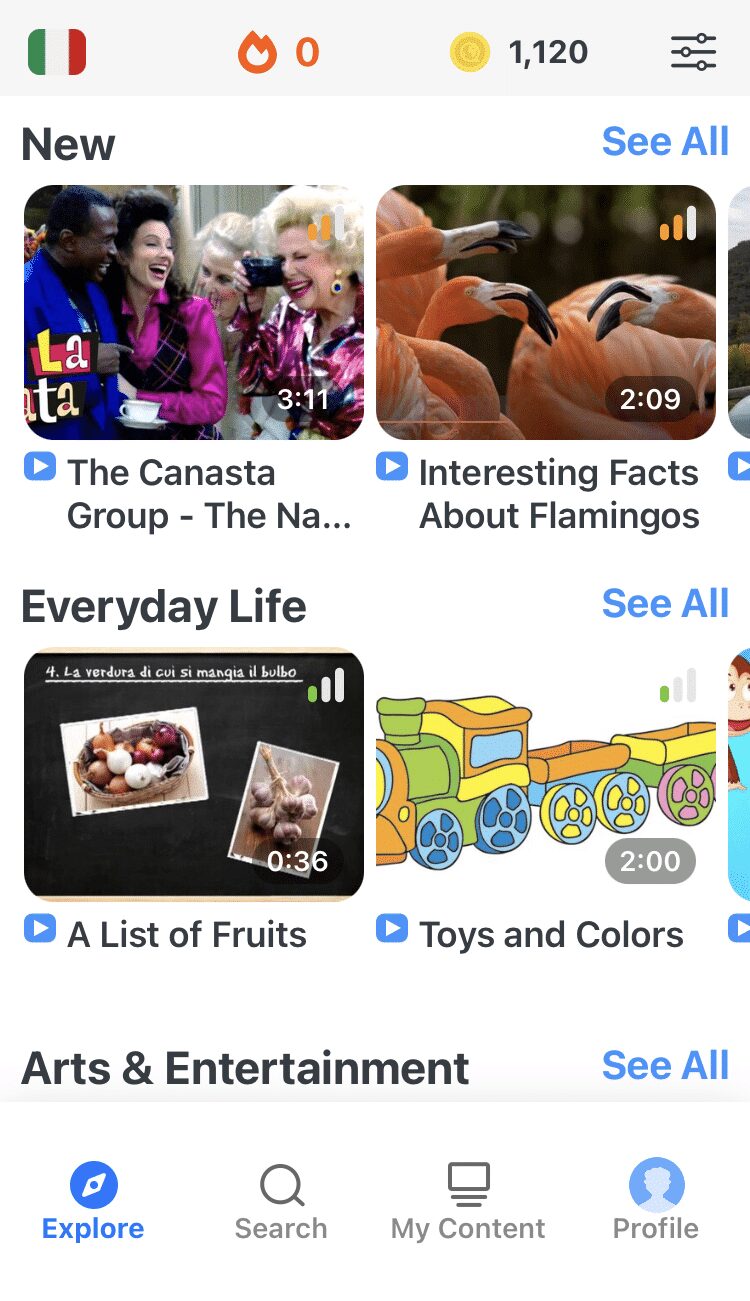
FluentU helps you get comfortable with everyday Italian by combining all the benefits of complete immersion and native-level conversations with interactive subtitles. Tap on any word to instantly see an image, in-context definition, example sentences and other videos in which the word is used.
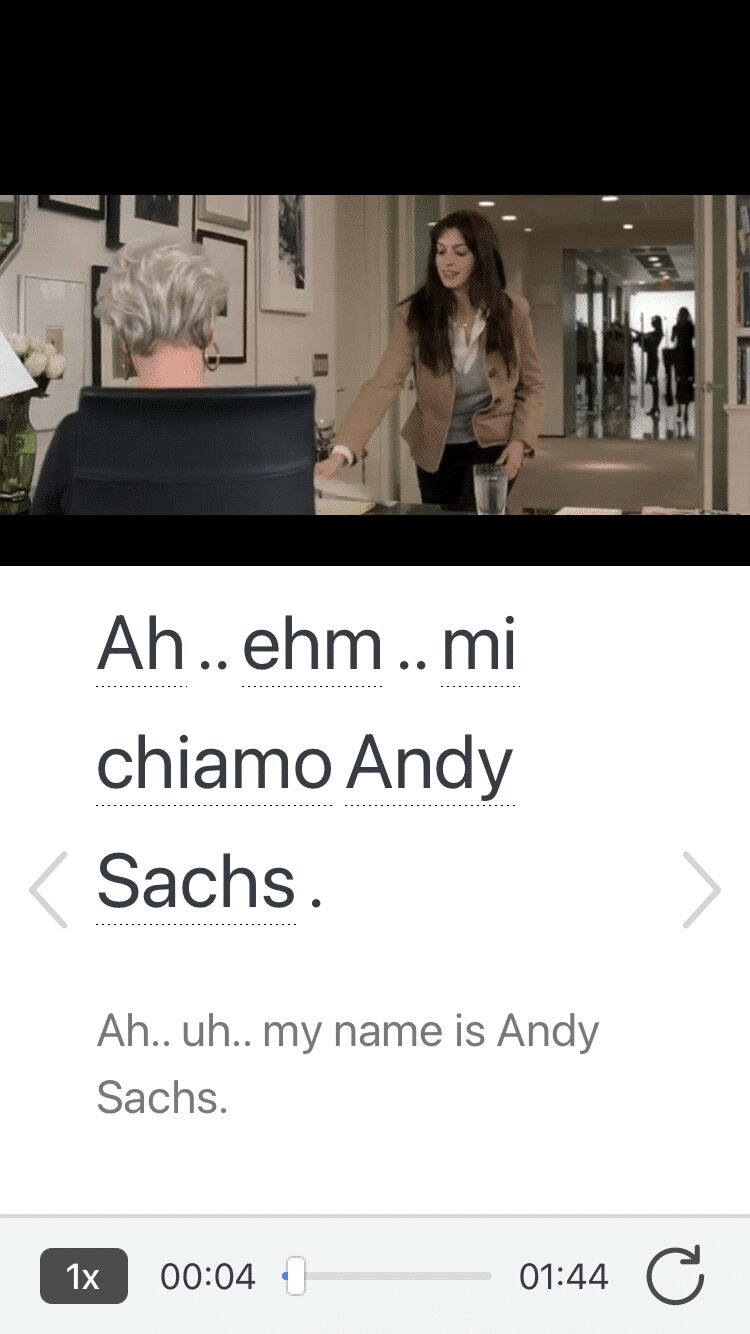
Access a complete interactive transcript of every video under the Dialogue tab, and review words and phrases with convenient audio clips under Vocab.
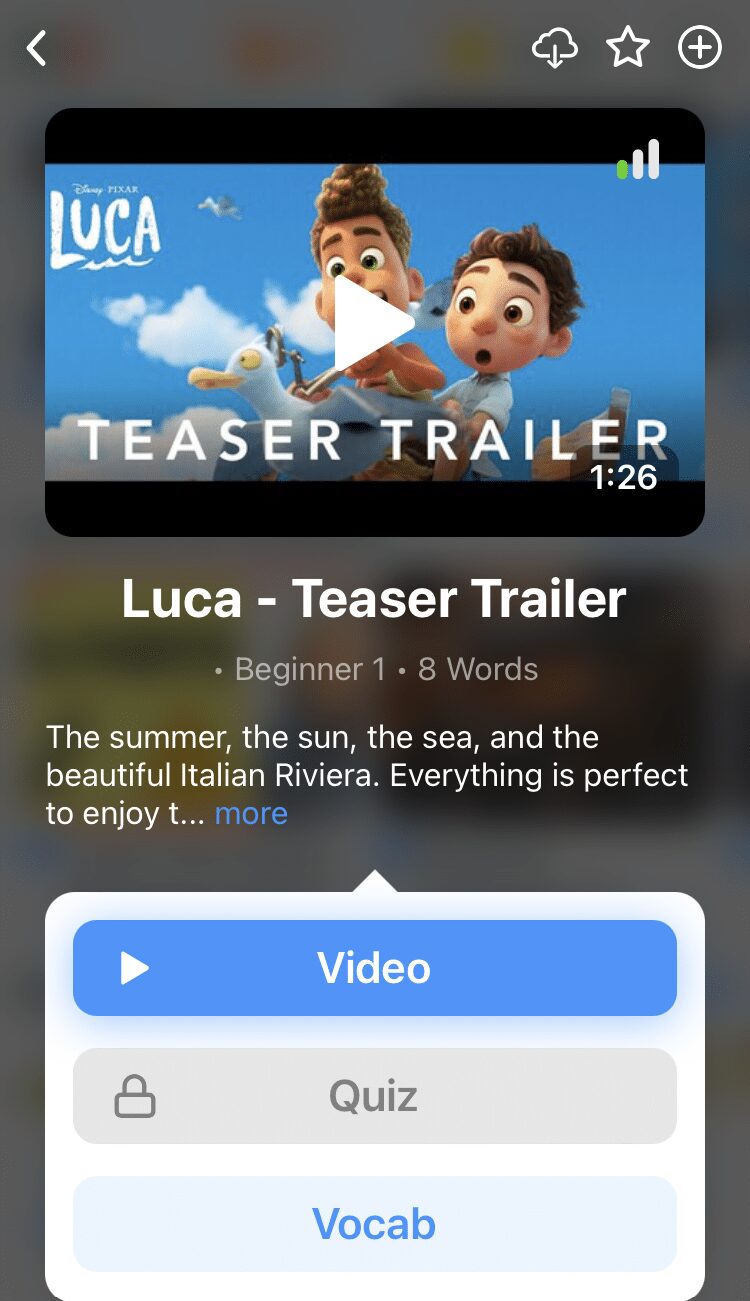
Once you've watched a video, you can use FluentU's quizzes to actively practice all the vocabulary in that video. Swipe left or right to see more examples of the word you’re on.
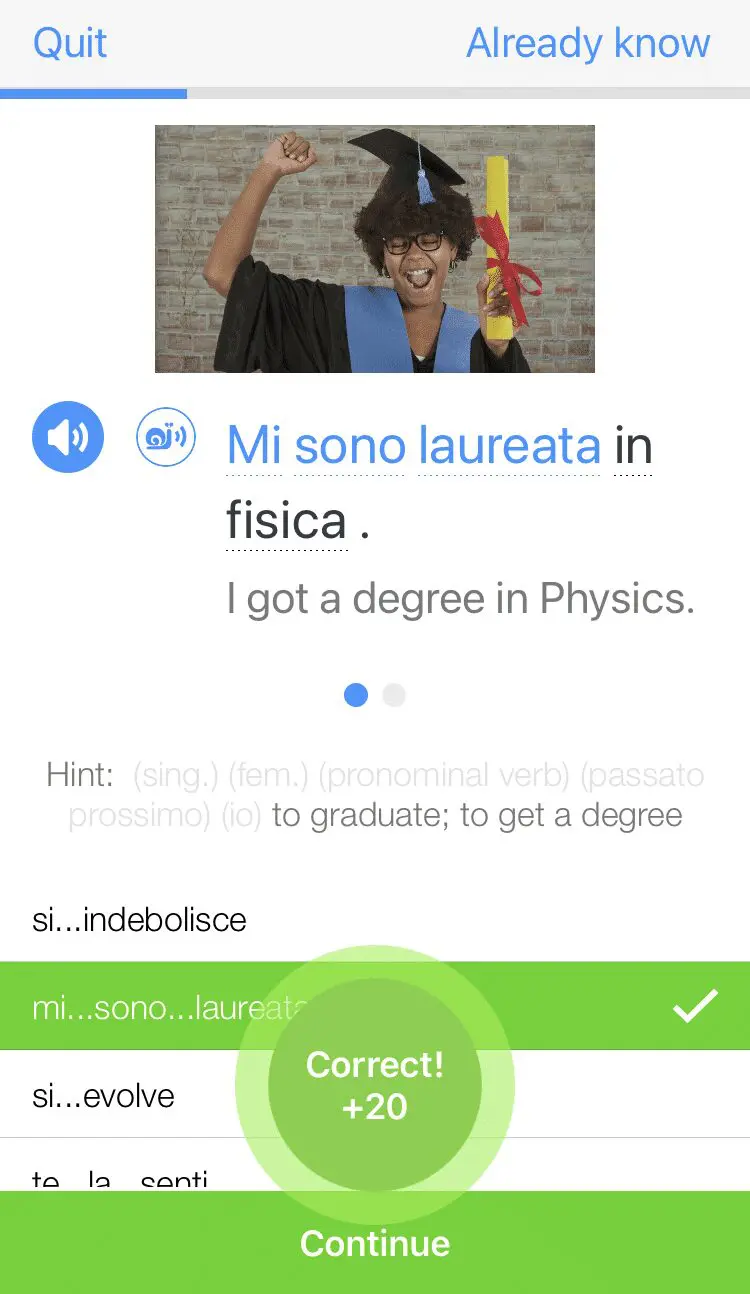
FluentU will even keep track of all the Italian words you’re learning, and give you extra practice with difficult words. Plus, it'll tell you exactly when it's time for review. Now that's a 100% personalized experience!
The best part? You can try FluentU for free with a trial.
Start using the FluentU website on your computer or tablet or, better yet, download the FluentU app from the iTunes or Google Play store. Click here to take advantage of our current sale! (Expires at the end of this month.)




